Crappie Fishing In Winter
Crappies are a genus of North American freshwater fish and very popular panfish. They’re completely safe to eat and actually quite delicious, which is why they are a favorite catch amongst fishermen.
With fishing, you can catch fish all year round, but some types of fish won’t bite as much during the cold winter, as they will be taking cover.
Luckily, crappies are pretty easy to fish during the winter, as long as you know where to find them. They like to congregate around brush piles or standing timber, in order to take cover, so once you’ve located them, you’ll have them all in one place!
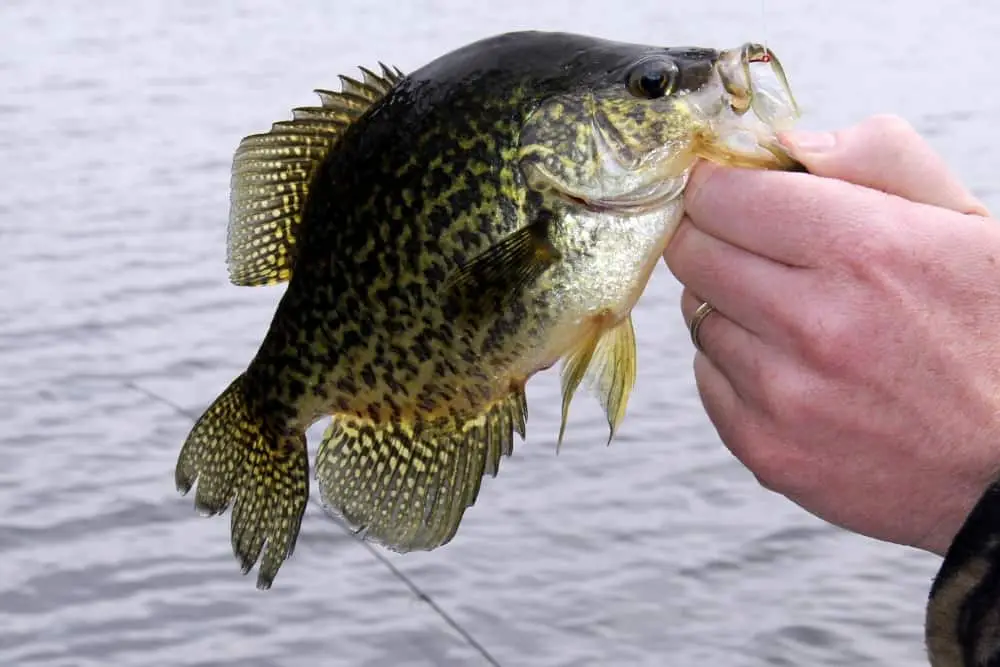
But how exactly do you fish for crappie in the winter? We can answer that, and a few more popular questions about crappies in the winter. Sounds good? Then let’s get started!
Table of Contents
How to fish for crappie from the bank in winter:
Fishing for crappie, from the bank, during the winter season, is more than possible. In fact, if you do it right, you can end up with a really good catch of crappies, and enjoy a successful outing. The trick is to find an optimal location, know what to look for, and take the right steps.
When fishing for crappies from the bank, you first have to find a bank that has close access to deeper waters, especially during winter, as fish will go deeper down into the water to find shelter from the cold. However, it also needs to be an area full of submerged trees, rocks, weeds, or docks, in order for it to be a good location for crappies.
After all, these fish love gathering around places with cover, especially during the winter, as it’s their way of sticking together and taking shelter from the winter.
But let’s go over the steps so that it’s completely clear, and you know exactly what to do:
- Find a bank with access to deeper water.
- Make sure the water is full of weeds, rocks, submerged trees, and similar. Look out for places that would provide cover for the fish, as that is where the crappies will be.
- Drop minnows for the best action and the best chance of success.
- The trick to success is to do everything very slowly. You do not want to startle the crappies, so make sure everything is slow and steady, for the least disruption to the water possible.
- If they aren’t biting, try out different types of lures!
If you find a good location, which is the most important factor, and you do everything slowly and carefully, then you’re basically guaranteed to end up with a good catch of crappies.
Crappie fishing at night in winter:
Fishing for crappie at night, during the winter season, might not seem like the best idea at first. Will they even be active? Surely they’ll just be hidden away, and way too hard to find.
But actually, if you do it right, it can end up being a very successful setting for catching quite a few crappies with ease.
Here are the main things you need to do in order to be able to fish crappies at night, during the winter:
- Go fishing early in the night, at dusk, or late in the night when it’s closer to sunrise. The changing light conditions will help trigger feeding activity, therefore increasing the chances of crappies biting.
- Make sure everything is safe, especially if you’re close to the ice. Taking someone else with you is recommended, so that nothing goes wrong in the dead of night, during the cold winter.
- Use a sonar or fish finder to help you locate where the crappies are, as you won’t have much visibility. Look for a bank or area with access to deeper waters.
- Use a lighter line, this will help entice the fussier crappies into biting during night hours.
- Move and cast as slowly as possible. You want to be able to minimize disruption to the water, in order to avoid startling the crappies away, especially during night hours in winter.
- Use floating and submersible fishing lights to help attract the crappies to your fishing location, and to encourage them to bite.
How deep do crappie go in the winter?
During the wintertime, most types of fish will seek refuge and shelter from the cold by diving into deeper depths, which can make fishing a little harder. Crappies are no different. The colder it gets, the deeper they go, and the harder it will be to locate them (unless you know exactly where to look and exactly what to do to draw them out).
During early winter, you will usually find the biggest and best crappies at around 20 feet deep. However, in the middle of winter when the season is at its coldest, they will go a lot deeper, and you will likely find them at around 40 feet deep.
The thing is, they will go as deep as where they can find the best refuge. Crappies like to congregate under cover during the winter, such as brush piles at the bottom of creeks, rocks, submerged trees, and weeds. So you need to find a location with access to deep water, and then scan the area for the place with the most cover. That is where the crappies will be.
Best time of day to catch crappie in winter:
Knowing the best time of day to catch crappies can be key to ensuring success, and the thing is that the time of day will change depending on the season, so you need to take both into account.
During the winter months, the best time of day to catch crappies, as a general rule, is during midday and early afternoon. This is when the winter slabs are out in full force, for their feeding, so it’s the best chance you have at catching them.
During the rest of the day, crappies don’t really come out to feed much. Instead, they are sluggish and focused on remaining undercover, away from the cold. And even when they do come out to feed, they’re sluggish and slower than usual, not as willing to bite.
So midday and early afternoon, being the warmest part of the day during winter, is when they will come out the most.
However, this doesn’t mean that you can’t fish for crappies during other parts of the day during the winter. A lot of people favor the evening and early night, and they use the changing light conditions to trigger feeding habits, in order to trick the crappies into coming out and biting.
Crappie fishing with minnows in winter:
Minnows are usually the best option for catching crappies. However, during the winter crappies are slightly harder to catch, as they are sluggish and don’t feed as much, instead of remaining undercover and weathering the winter season as best as they can.
Therefore, the best way to adapt your minnows to winter fishing for crappies is to use smaller minnows that don’t move as much. During the winter, you need very little movement, and small lures, as the crappies will not bite anything too big, due to being sluggish.
The best bait for crappie in winter:
One of the best types of bait for crappies during the winter is fresh maggots. Alternatively, you can also use minnows as long as they are smaller than average.

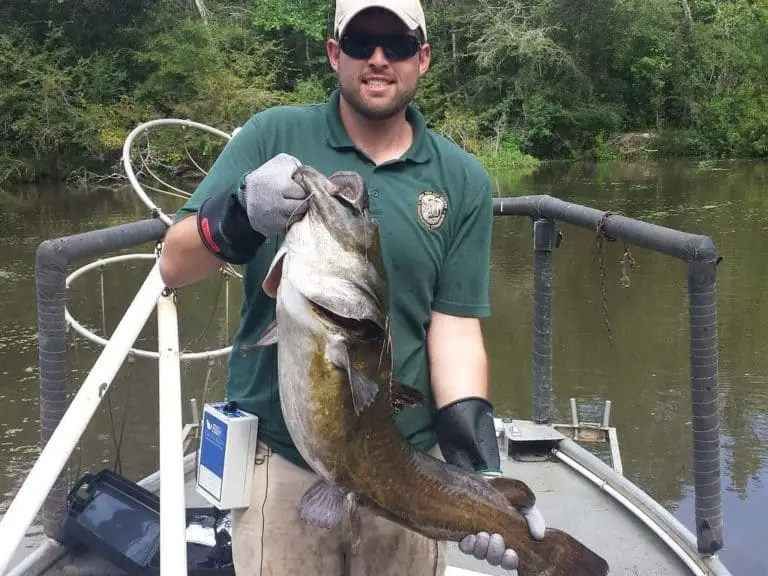
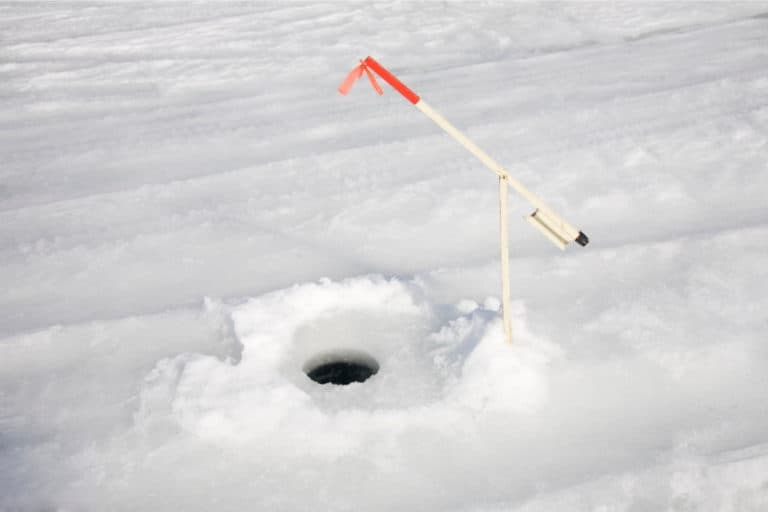
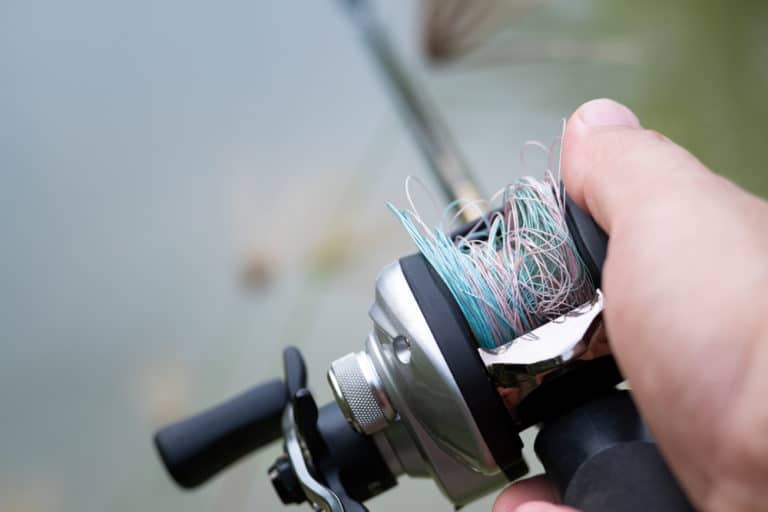
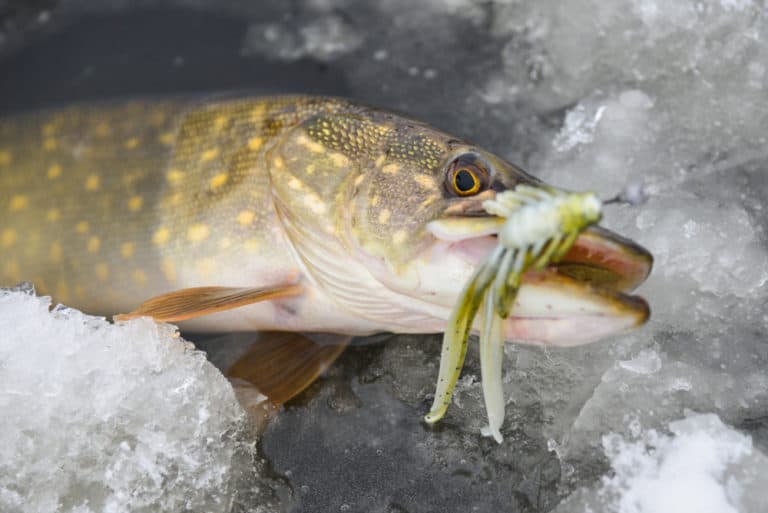
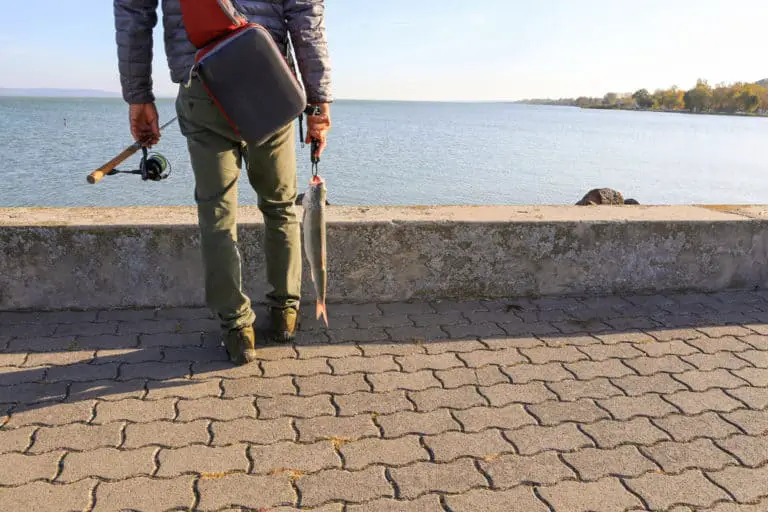
![Where To Buy A Fishing License [Interactive State Map]](https://watersportingadventure.com/wp-content/uploads/2021/03/where-to-buy-a-fishing-license-768x463.png)